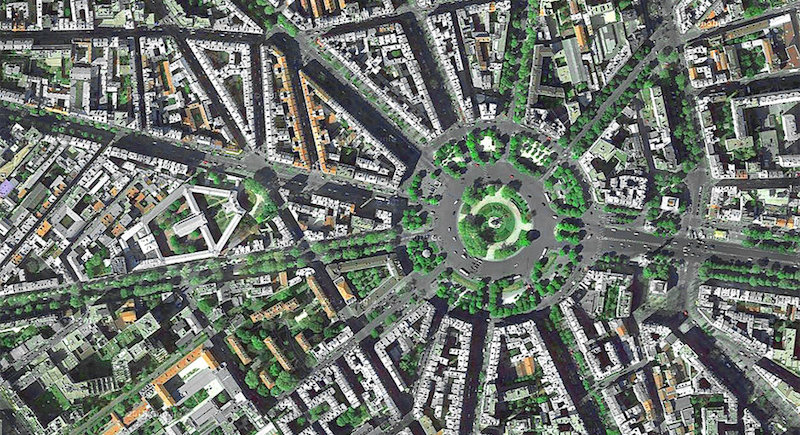There are lots of things to consider in order to say about a city that it’s a smart one. Even so, every year, there are some cities who make their way easily through every possible ranking.
The IESE Center for Globalization and Strategy ranked (again) New York as the smartest city (2017). In their fourth edition of the “Cities in Motion Index“, the authors analyzed 79 indicators.
The results show that almost all of these areas are led by European and North American cities. The exception is technology, where Taipei reigns. [source: IESE]
Here are the winners for IESE’s 10 categories:
- Economy: New York achieves relatively high levels in all indicators but it stands out especially for its high GDP and number of headquarters of publicly traded companies
- Technology: Taipei achieves good levels in all the indicators and stands out especially for the percentage of broadband users in the city, the number of Facebook users per capita, and the number of mobile phones per capita
“Some experts suggest that Asia could become the world’s leading region for smart city development” [Forbes]
- Human capital: London stands out for being the one that has the most top-level business schools, as well as for being the one with the highest number of universities
- Social cohesion: Helsinki is a city with a low unemployment rate, an equitable distribution of income and the highest percentage of women in government positions (more than 70%)
- International outreach: Paris is the city with the second-highest number of international tourists and here are organized the most international conferences and meetings
- Environment: Zurich and Tallinn are in the top of the Environmental Performance Index (EPI) and have low levels of pollution and CO2 emissions
- Mobility and transportation: London comes first in the ranking and stands out in almost all the dimensions. Of the top 10 cities in the ranking for this dimension, there are eight European cities.
- Urban planning: Amsterdam ranks first and is among the highest-ranking in almost all the indicators. It stands out because almost 100% of the population has access to adequate sanitation facilities and because of its low number of people per household
- Public administration: Geneva stands out especially for its low sales taxes and its reserves per capita
- Governance: Ottawa is standing out in the strength of legal rights index and the corruption perceptions index. Among the top 10 cities in this dimension’s ranking, there are four Canadian cities.
The cities who embrace the future
The question “what a smart city really is?” should have some simple answers.
First of all, on top of the goals it should be about improving the efficiency of city operations and the quality of life of its citizens. Bonus points for the ones who are growing the local economy.
“The definition of a smart city has recently broadened to include environmental sustainability, affordable and reliable transit, access to education, and a local economy with businesses that explore new technologies” [BusinessInsider]
Yes, “shockingly”, smart city isn’t about having fast internet. If that would have been the case, Bucharest should have been already named the capital of all the smart cities.
Instead, Melbourne, Singapore, Stockholm, Zurich or Tokyo are present in these kind of rankings no matter what the approach is.
But, after all, because Denmark was named again the country with the happiest population, then Copenhagen sure is the smartest city of all.
And that’s not a joke, Business Insider‘s top “the most prepared cities for the future” is dominated by Copenhagen: boasts a healthy startup ecosystem, a large number of Wifi hotspots, and a relatively low amount of traffic congestion. The city is also investing in clean energy, with a goal of being 100% carbon-neutral by 2025.
Smart and happy!
*****
The Cities in Motion Index 2017 analyzes 180 cities (of which 73 are capitals) in 80 countries. Data sources include UNESCO, the World Bank and Euromonitor.












